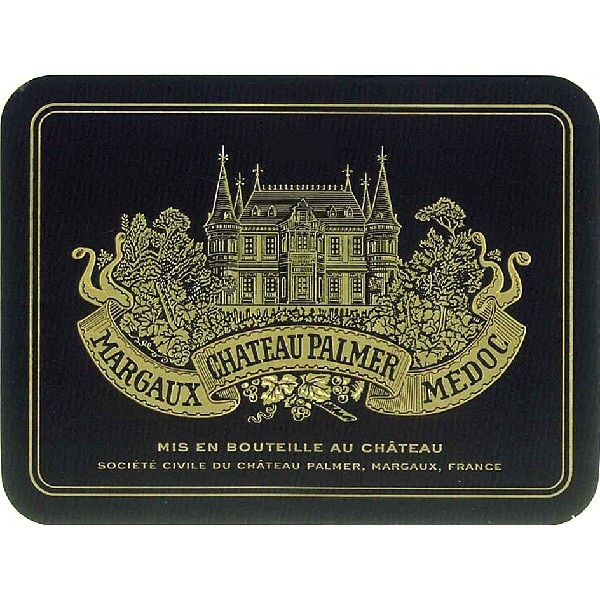Chateau Palmer
2009
Blend
41% Cabernet Sauvignon
52% Merlot
7% Petit Verdot
52% Merlot
7% Petit Verdot
Country
France
Region
Bordeaux
Appellation
Margaux
UPC
0 15643 25016 3
Vintage
The cool, humid weather in early spring brought a rather late budburst and fairly slow vine
growth. A hailstorm on 11 May hit the Palmer vineyard without affecting the harvest's qualitative potential. With extremely mild, dry and sunny weather in June, flowering took place quickly and spread evenly. The bright, sunny summer that followed enhanced the qualitative potential. It was a summer of no extremes: no destructive storms and no heat waves, just some moderate, sporadic rainfall. Under such favorable conditions, plant growth rapidly stopped and the véraison spread swiftly and well, like the flowering! Depending on the plots, the water supply became more and more limited. This made the vines suffer, developed berry concentration and made the potential quality of the fruit looks more and
more promising. September and October did nothing to dampen our hopes since the weather condition were ideal for the ripening of the grapes and the harvest! By early September, the technical maturity had been reached (potential degree in alcohol of 13.5° to 14°), but the skins were still thick and the tannins needed time to soften. A long spell of fine weather gave us the time to taste the grapes every day and patiently monitor their development until they had the right velvety, silky texture.
Harvest
Harvesting began 23 September for the earliest ripening Merlots. The grapes arriving in the vat room were magnificent: perfectly ripe, healthy, juicy and concentrated. Merlot harvesting
continued without haste until 4 October. The Cabernet Sauvignon grapes were harvested
between 2 and 14 October, and our Petit Verdots on 8 and 9 October. The yield, at 34 hL/ha, was very close to that of the 2005 vintage. Although this very fine vintage gave us the leisure to harvest calmly, it caused our oenologists some anxiety! The grapes arrived in the winery at slightly higher temperatures than usual. The crops had to be cooled to make sure that the fermentation temperatures were well controlled. The extraordinary richness of the musts demanded constant monitoring by batch in order to precision-manage the extractions. These efforts were both encouraged and rewarded by the very high quality of the daily tastings: we were stunned by the freshness, density and finesse of the batches. This is a
terroir vintage, in which each plot fully expresses its singularity and contributes thereby to blendings of very great complexity
